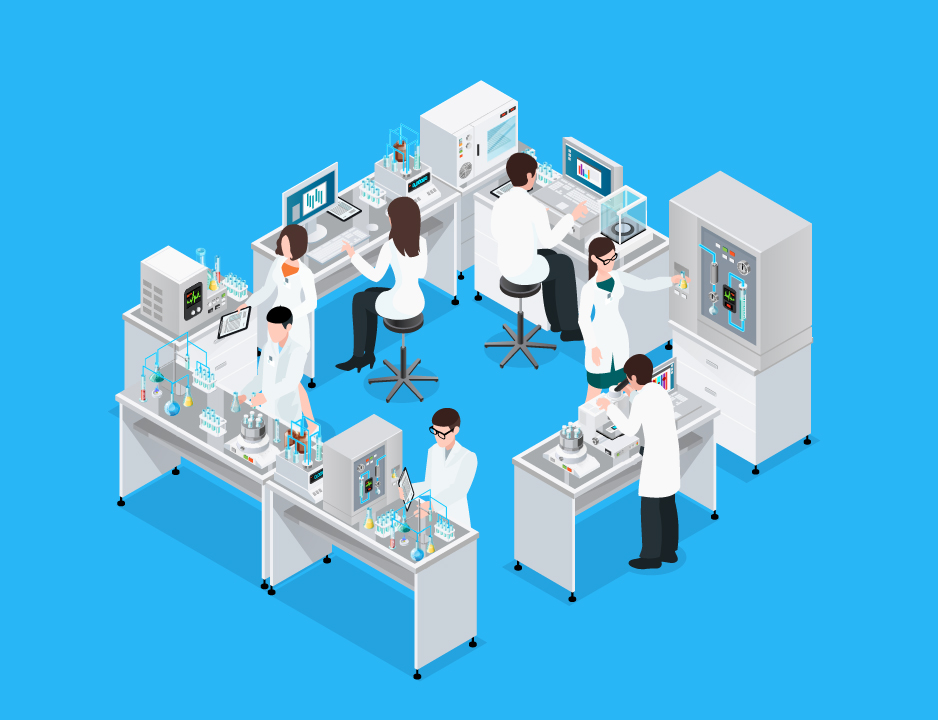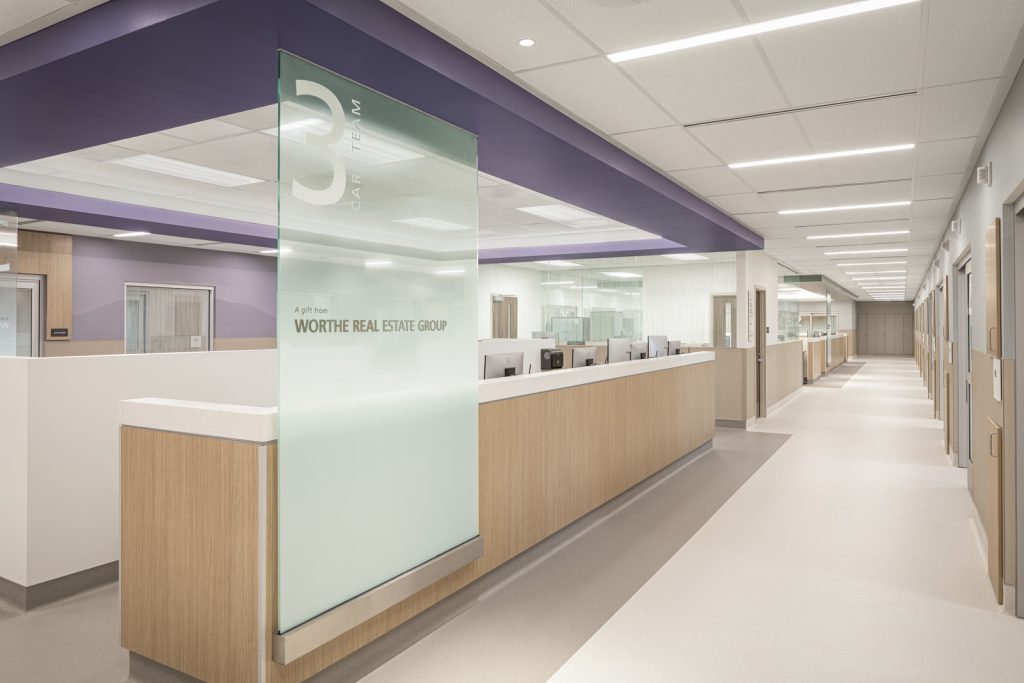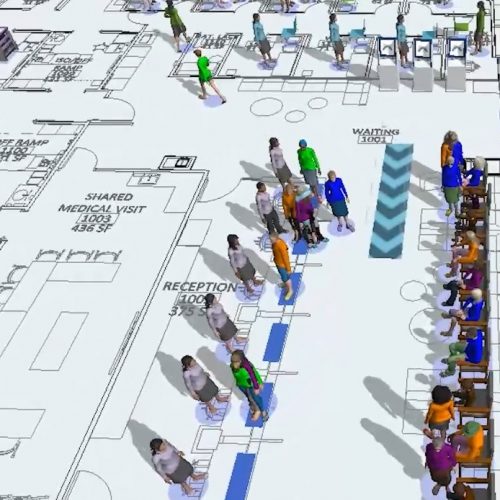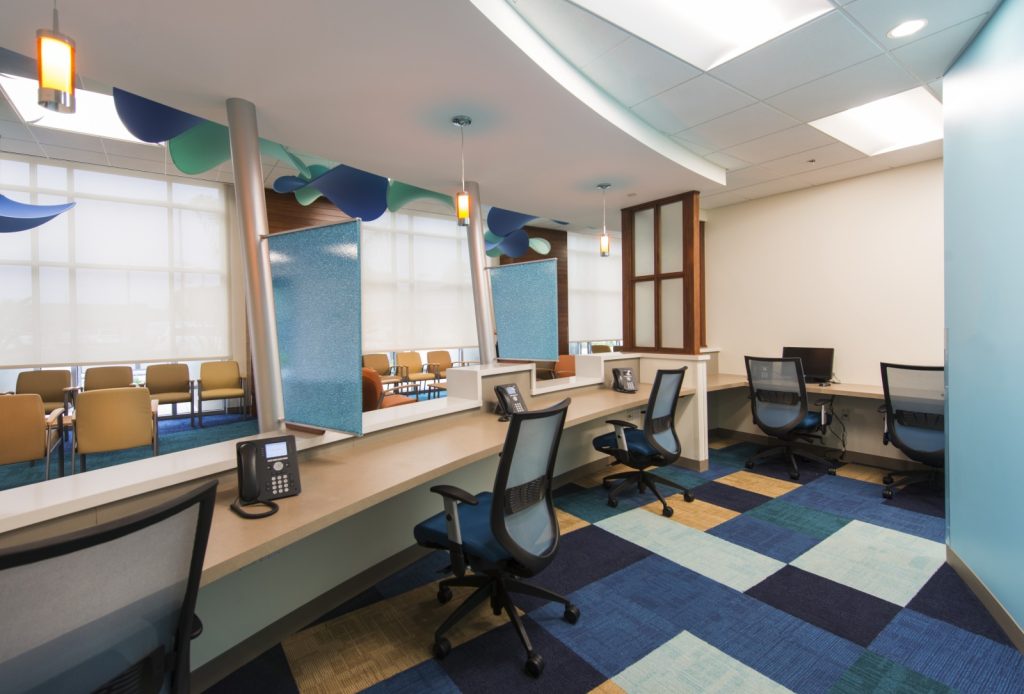There was great news from Roche this past week announcing they were approved to run Covid-19 testing on their platform. The current difficulty for labs is that they are swamped with a significant increase in non-coronavirus flu swabs and new testing adds to the demand going through the lab. Fortunately, there are often operational improvements that labs can make to improve throughput that do not require expanding capacity through purchase of new equipment or expanding work area through a construction project.
Labs, like radiology, can be an equipment capacity-constrained service line – unlike an ED or OR which are primarily constrained by room-based capacity. There are three main areas to consider when trying to improve capacity in a lab:
- What is each piece of equipment’s uptime?
- What is the cycle time of each process that feeds the analyzers?
- What are the bottlenecks from a process and workforce standpoint?
How does your lab answer these questions? Review the following elements to determine where your lab operations could be improved.
When and how do you changeover your reagent?
- Ensure reagent changeover is planned so that it can start and finish during the lowest demand timeframe. In some labs, the changeover bleeds into the morning run or is still happening when the ED demand picks up at 10am.
- Do you sacrifice reagents in order to ensure you can run through the entire busy time? Spending more on reagent can be paid back many times over by not impacting periods of heavy use. I once helped a lab identify that two of the four hours of downtime for their general chemistry analyzer were typically during their peak demand. They were trying to optimize reagents by changing them when they ran out – right during their busiest time in many cases. This showed the choice between continuous running through the busiest time of day versus saving on reagent cost. This lab chose to sacrifice reagent and put a new one in to cover the busy period.
Do you understand the downtime you experience?
- Review logs and history of QC, preventive maintenance, and breakdowns
- Review any standing Preventive Maintenance programs, including those that involve the operator, specialized staff, and vendors, are critical for reliable equipment
Can you make improvements in test menus?
- Have you reviewed your test menus within the last 6 months – especially on duplicate equipment? Does this give you the best flexibility or do you need the dedicated test on each?
Is there efficiency in evaluating make versus buy?
- Consider sending out more tests and increase capacity for critical tests.
Can overall flow be improved?
- Surprisingly many times I find that the bottleneck in the lab is with the processing and movement of specimens, such as how long does a specimen wait before it gets to a machine. Typically receiving takes one minute and spinning may take only three minutes, so if you have one piece flow a specimen should be on the analyzer within 7 minutes of entering the lab. Often it is more like 15-30 minutes. Do you understand your cycle times and wait times for a typical specimen?
Changeover and preventive maintenance are critical for utilizing your analyzers’ capacity through the busiest time of year. BA Science offers virtual training and also can provide support in setting up scheduled changeover and provide the necessary forms to ensure you have a good process. The most effective way to improve a process is through value stream mapping. A value stream map is a critical tool for defining a new process because it helps think through every flow required to ensure good one piece flow and elimination of specimen wait time. We have a number of virtual mapping tools we can deploy to help you identify problems in your flow and eliminate bottlenecks in the lab. Contact me at moswald@boulderassociates. I’m here to help.



